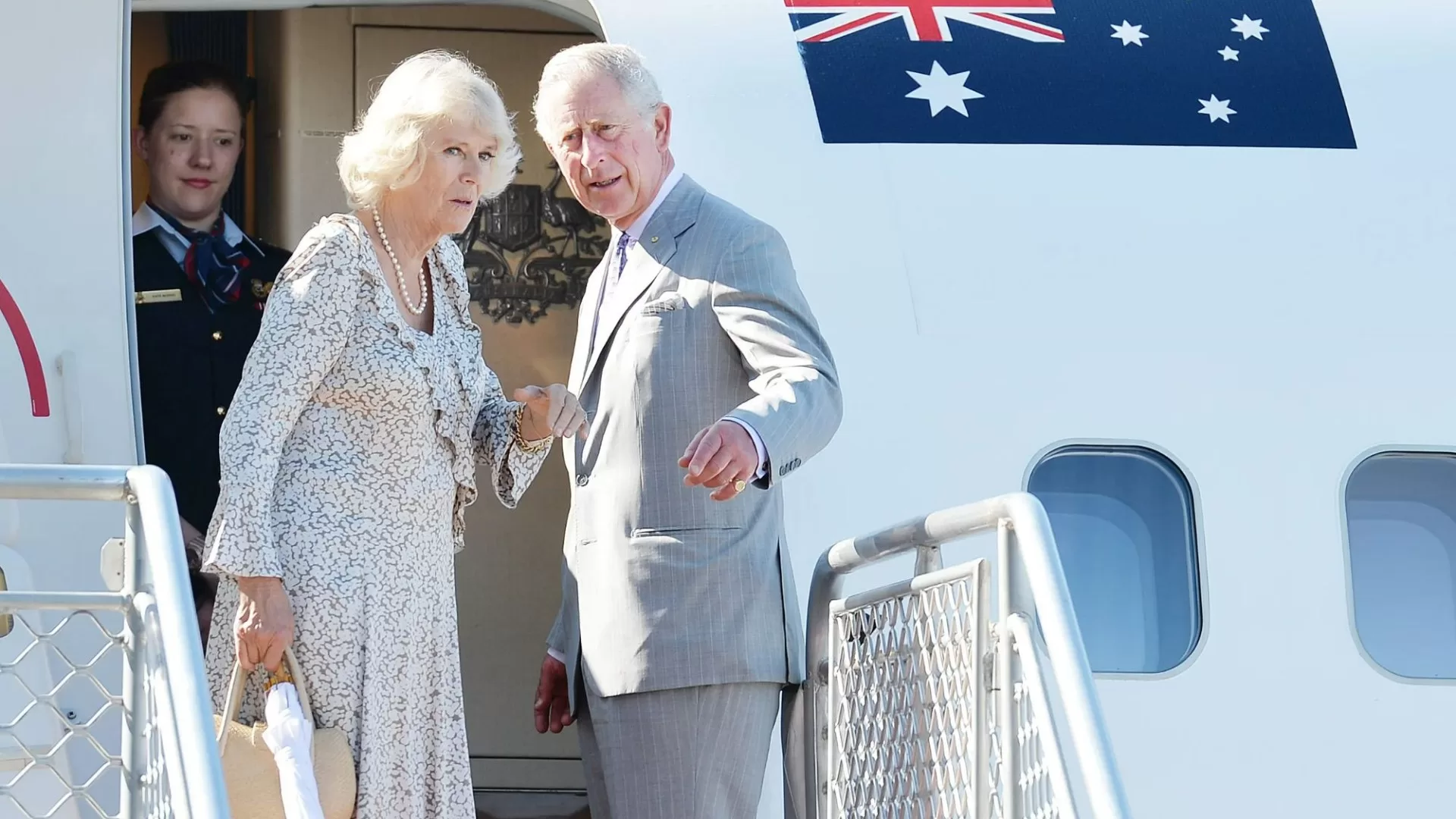By Matt Wilkinson, Royal Editor
IT was an announcement that sent shockwaves around the world – King Charles had cancer and would be stepping back from public-facing duty just 16 months into his reign.
For this no-nonsense, keep-calm and-carry-on Monarch — eldest son of the even more hard-headed Prince Philip — to admit he had to ease back on his workload meant one thing: it was bad.
Dutiful Camilla, 77, stood in for the King when he stepped back from a string of engagements including the Royal Maundy Service at Worcester Cathedral and a solo two-day visit to Belfast, both in March.
But fast forward just six months from the announcement and incredibly he is now fit enough to travel 10,000 miles for a gruelling tour of Australia and Samoa.
As one source close to the King, 75, told me: “The sun wasn’t shining in February but it is shining now.”
The King’s aides were keen to point out when he made his public comeback at a cancer hospital on April 30 that not all recovery programmes for cancer patients are the same.
Yet while he is “not yet out of the woods”, according to those in his inner circle, they add there is “great optimism” and treatment has gone “better than anyone would have thought”.
Today the details of exactly how the Royal Household put our much-loved Monarch back together again are revealed.
From exactly why he was pulled from duty to the pioneering treatments that meant he never lost his hair — and the real reason his wayward son, Harry, was given an audience of just 30 minutes.
Charles’ ordeal began in January when he revealed he needed a corrective procedure for an enlarged prostate.
He decided to allow the public to know what he was going through, which resulted in a huge outpouring of sympathy.
Charles was touched by the public reaction but also significantly buoyed when it was revealed the NHS website received 11 times more daily visits from men with similar concerns.
But then his condition would take a turn for the worse.
Charles was due to spend two nights in the London Clinic — where Kate was also being treated — so when he spent a third night in care, people started to become concerned.
Those worries were realised when tests revealed cancer.
But rather than hide this devastating news from the public he decided that following the supportive reaction to his prostate diagnosis he would allow it to be made public.
A carefully constructed plan inspired by Operation Bubble which protected the late Queen from Covid-19 was thrown into action.
He would have weekly treatment in London and factor in vital periods of rest time at Sandringham, Highgrove and Windsor.
But his health plan was thrown into turmoil when Prince Harry announced he would jet from Los Angeles to see his father.
While the King delayed his helicopter flight from Buckingham Palace to Sandringham, his wayward son was given just 30 minutes of his company at Clarence House.
Plans were in place to avoid the King contacting a secondary infection and Harry flying 5,000 miles on a jet was not ideal.
Aides prevented Harry, 39, joining his father at Sandringham fearing “we’d never get rid of him” and he needed to reduce his social contact while undergoing cancer treatment.
During this time a Freedom of Information request revealed the Department for Culture and Media had begun procurement for the King’s potential funeral — although sources say this is not unusual.
Suggestions that William had been lined up as a potential Prince Regent if the King was unable to carry out the position have been denied by Buckingham Palace.
But the King was withdrawn from all public duty for 103 days although he continued reading government red boxes.
It can now be revealed the decision to postpone his public facing role was made as a “precautionary measure” because of the King’s diminished immune response to other diseases.
The Royal Household copied Covid-style protocols — or tiers imposed by the Government during the pandemic — to minimise secondary infection such as seasonal cold or flu.
A source said: “We had to minimise potential risk from other people, not because he couldn’t do the job.”
But as winter turned into spring and weather became warmer it meant they could relax the Covid-style tiers.
This was demonstrated when the King emerged from the Easter Sunday service and was greeted by 60 well-wishers at St George’s Chapel, Windsor Castle.
Just days earlier, the monarch and his team had received news that the treatment had gone better than anyone could have expected.
One insider said: “He was raring to go after the positive results and didn’t want to hang around any longer.”
It meant the King told aides that a trip to Australia, seen as the most important tour a monarch will ever take, must go ahead in the autumn, as first revealed by The Sun.
